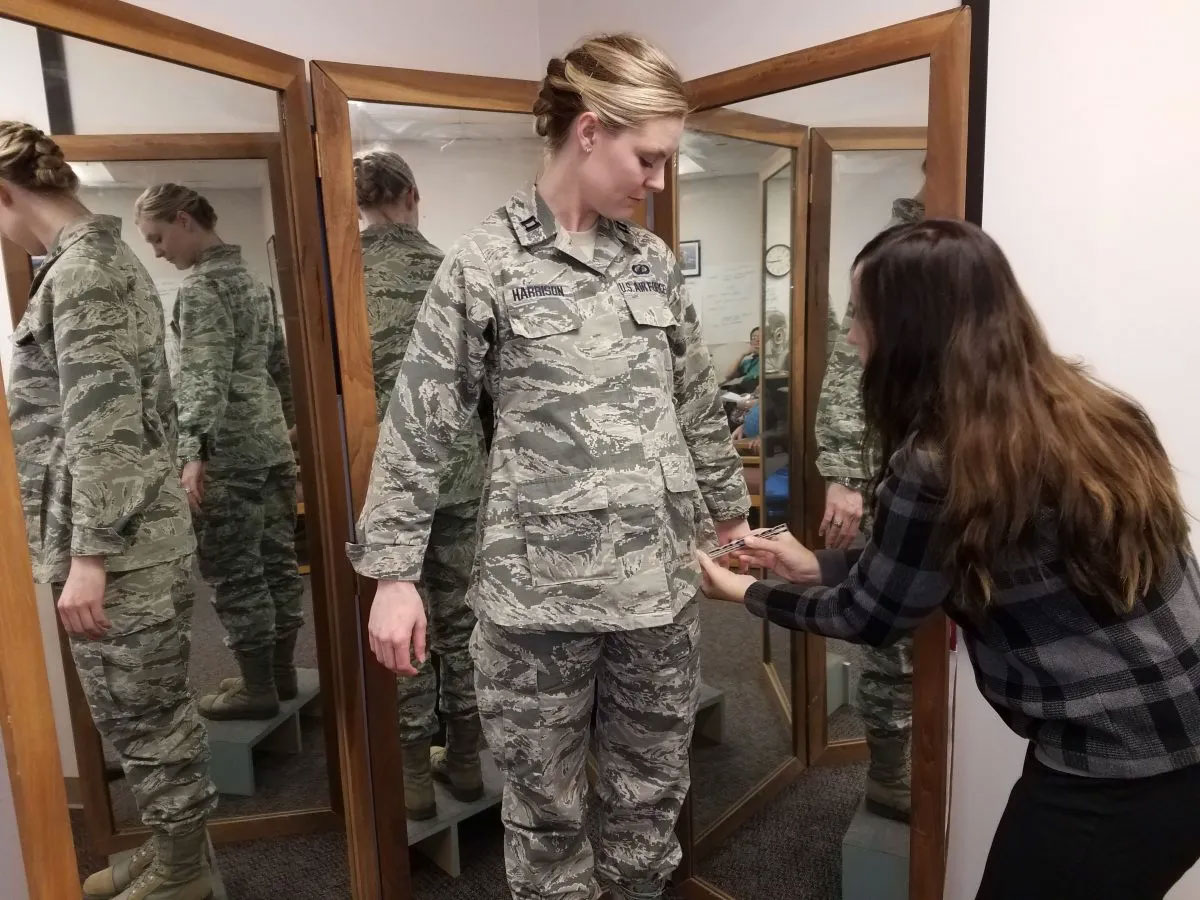The U.S. Navy has announced it will begin rolling out a program to improve women’s workwear. But the Americans aren’t the only ones focusing on this. Governments worldwide are increasingly working on optimizing women’s workwear. The primary goal is to attract more female personnel, but other factors are also at play, making it nearly mandatory for governments to improve women’s uniforms.
The Navy and the Army
In September, the Navy announced the Female Uniform Initiative, Size Modernization Program (SMP). During this five-year program, the aim is to improve the design, shape, fit, and functionality of female uniforms. New additions include overblouses and pants with back pockets.
This isn’t the first time work has been done to enhance women’s uniforms. The U.S. Navy also started developing maternity uniforms for women back in 2021. This followed a similar initiative by the U.S. Army a year earlier, which is also currently developing specialized bras for female soldiers.
Governments around the world are busy with similar projects. Switzerland has been working on developing bras for female soldiers since 2021. In Ukraine, the government has also been working on women’s uniforms since the start of the war. Initially relying on donations from other countries, Ukraine is now producing uniforms for its troops.
Legally Required
The official reason given by governments for such programs is the aim to attract more female personnel. While this may help, social and legal considerations are also playing an important role.
Today, society places an increasing emphasis on gender equality. It’s no longer acceptable to offer uniforms that disadvantage one gender—in this case, women.
Under the heightened scrutiny on this issue, more studies have also been conducted. For example, in 2021, a research report revealed that women in the military spend more on clothing, underwear, and shoes than men. This is partly because women’s uniforms are often more expensive, yet they receive the same allowance as their male counterparts. The report also found that certain items in the women’s clothing package were missing. In some cases, men received a reimbursement for certain items, but women did not—this was notably the case for underwear.
This falls under what is known as the “Pink Tax,” where women end up paying more than men for identical items simply due to their gender. Legally, this is discrimination, which is punishable by law. So, yes, governments can attract more female personnel by offering quality workwear, but they are also, to some extent, legally required to do so.




















